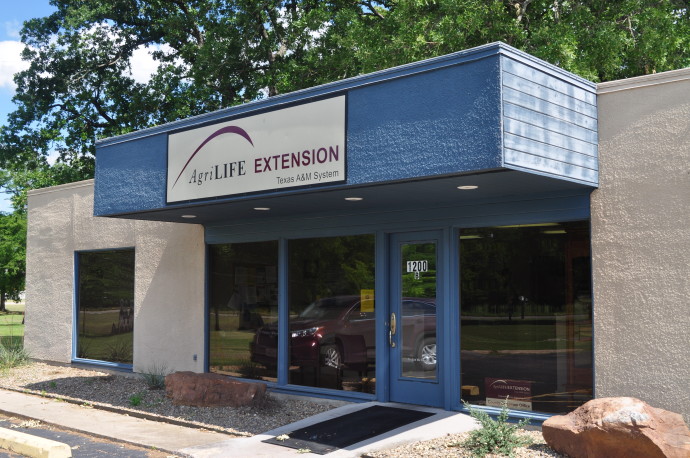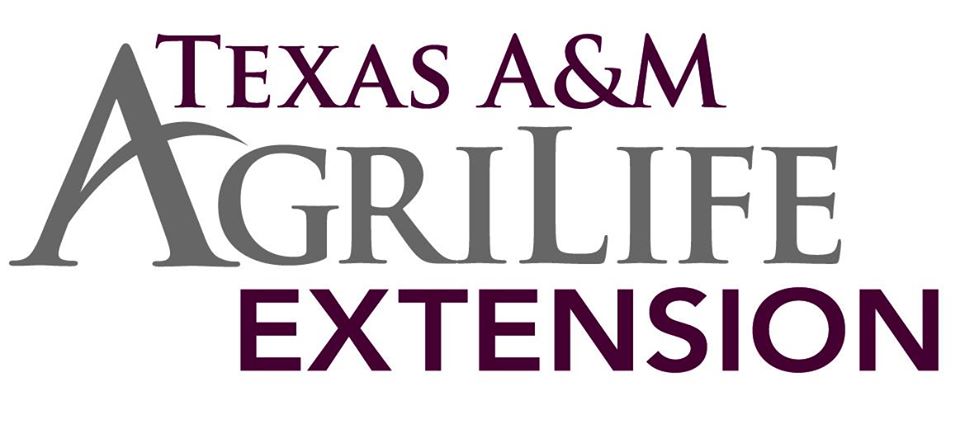On any visit to a nursery or a big-box garden center one will find many types of soil additives and amendments. It can be confusing to any gardener, as compost, mulch, potting soil, and potting mix are all commonly sold in bags. Selecting the right product for your garden will not only improve your soil, but also result in healthier, more productive plants. Knowing what is in the bag and how to use it can be the key to gardening success.

Compost is one of the best things a gardener can add to the soil. Compost is the end product of decomposition of plants, leaves, grass, and even food scraps from the kitchen. Finished compost will be dark, moist, and earthy smelling. Compost can be used as a mulch or lightly tilled into the soil, as both uses will immediately add nutrients and improve your soil’s ability to retain moisture.
Mulch is used to add a protective layer on top of the soil to help conserve moisture and block weeds from flourishing in your garden. Natural mulch, made of organic materials, and mulch made of non-organic materials are available for sale in bags, Some artificial mulches are made from recycled rubber chips, usually colored to add appeal. These mulches should be avoided, as they do not break down in the soil, do not hold moisture, and add nothing to the health of your soil.
Natural mulches, on the other hand, add tremendous amounts of nutrients to the soil as they break down, turning into compost. Shredded tree trimmings, made from Cyprus, cedar, or pine bark, are readily available in bags, and make excellent mulch. Pine bark mulch is light weight, and may wash away during a heavy rain. Colored natural mulches come in red, brown, or black, and add an immediate blast of color to the garden. However, this color is short lived, as the dye used to color these mulches usually fades after a few months.
Don’t forget to look for mulch in your own landscape! Leaves and lawn clippings make wonderful mulch, and re-using these in your garden will keep your soil healthy, give better control of weeds, and save money. Master Gardeners are taught to “Compost once, mulch forever”, with the idea of re-applying mulch regularly as it breaks down into compost. This practice will keep your soil healthy and nutrient rich for each growing season.

Potting soil and potting mixes are two products that can be easily confused. Potting mixes are soil-less, and composed of organic matter and/or peat moss for water retention, and vermiculite or perlite to help manage drainage and nutrients. Fluffy in texture, potting mixes are lighter than potting soil, and allow for seeds to germinate quicker, and space for tender new roots to grow. Potting mixes are more expensive than potting soil, and they need to be replaced periodically, as they break down over time and lose nutrients.
As the name implies, potting soils contain soil. Ordinary soil from your landscape is naturally rich in nutrients, but when used in containers, it will quickly become compacted, hindering air circulation, and easily becomes waterlogged. Potting soil, however, contains some of the same materials used in potting mixes, moderating some of the disadvantages of plain “dirt.”
Potting soil is generally slightly cheaper than potting mix and will last longer than potting mix, but due to its dense texture, drainage is poorer, and seeds have a more difficult time germinating.
Whatever the soil in your garden needs, it probably can be found in a bag at any nearby garden center. Knowing what’s in the bag will go a long way to gardening success. Happy gardening!









